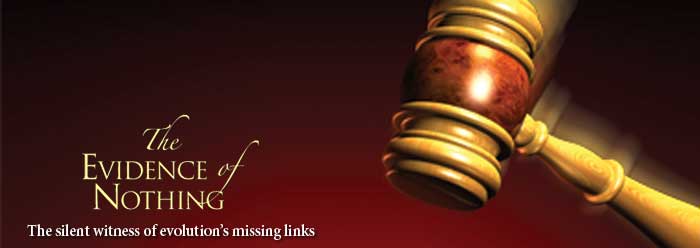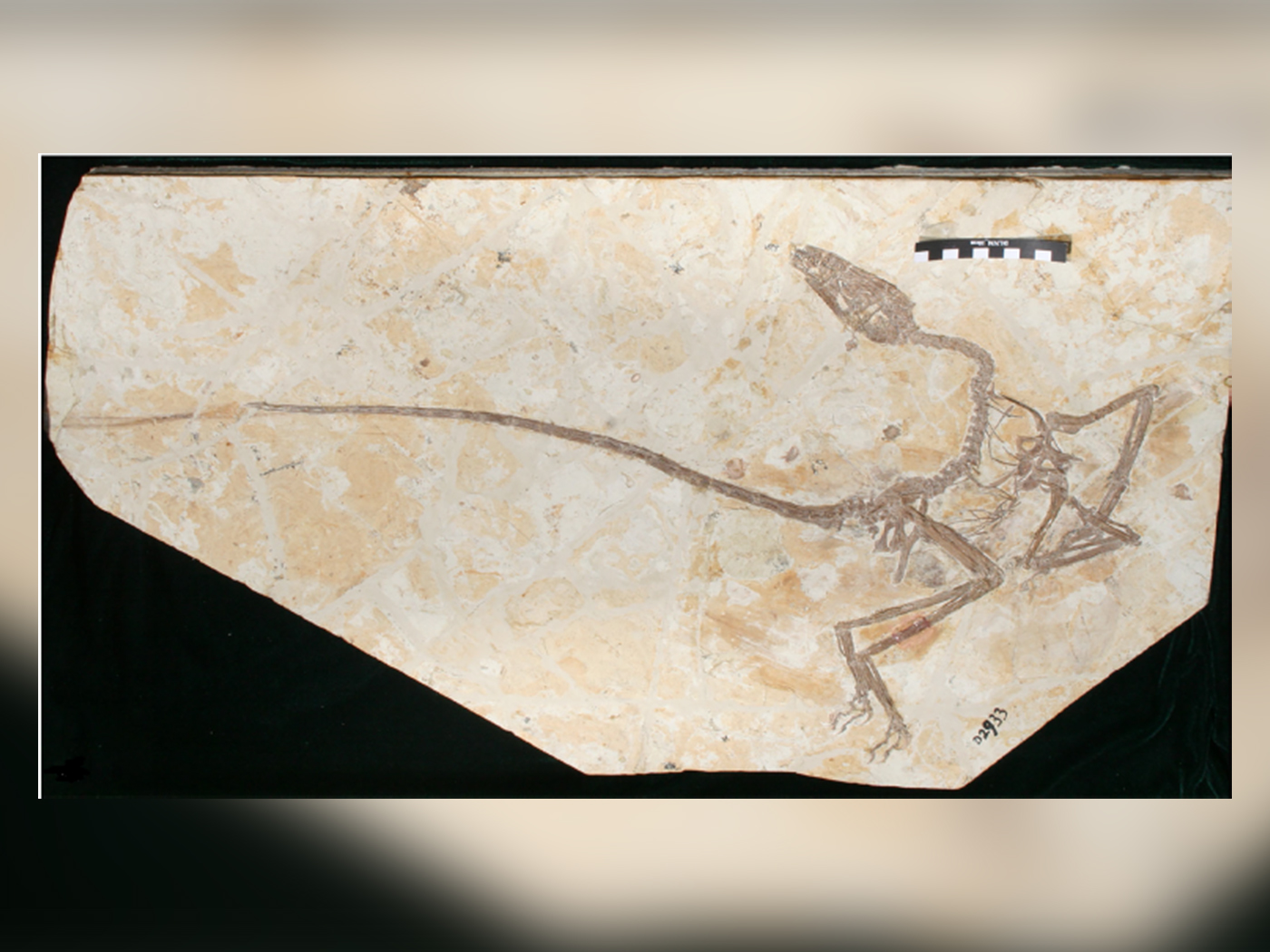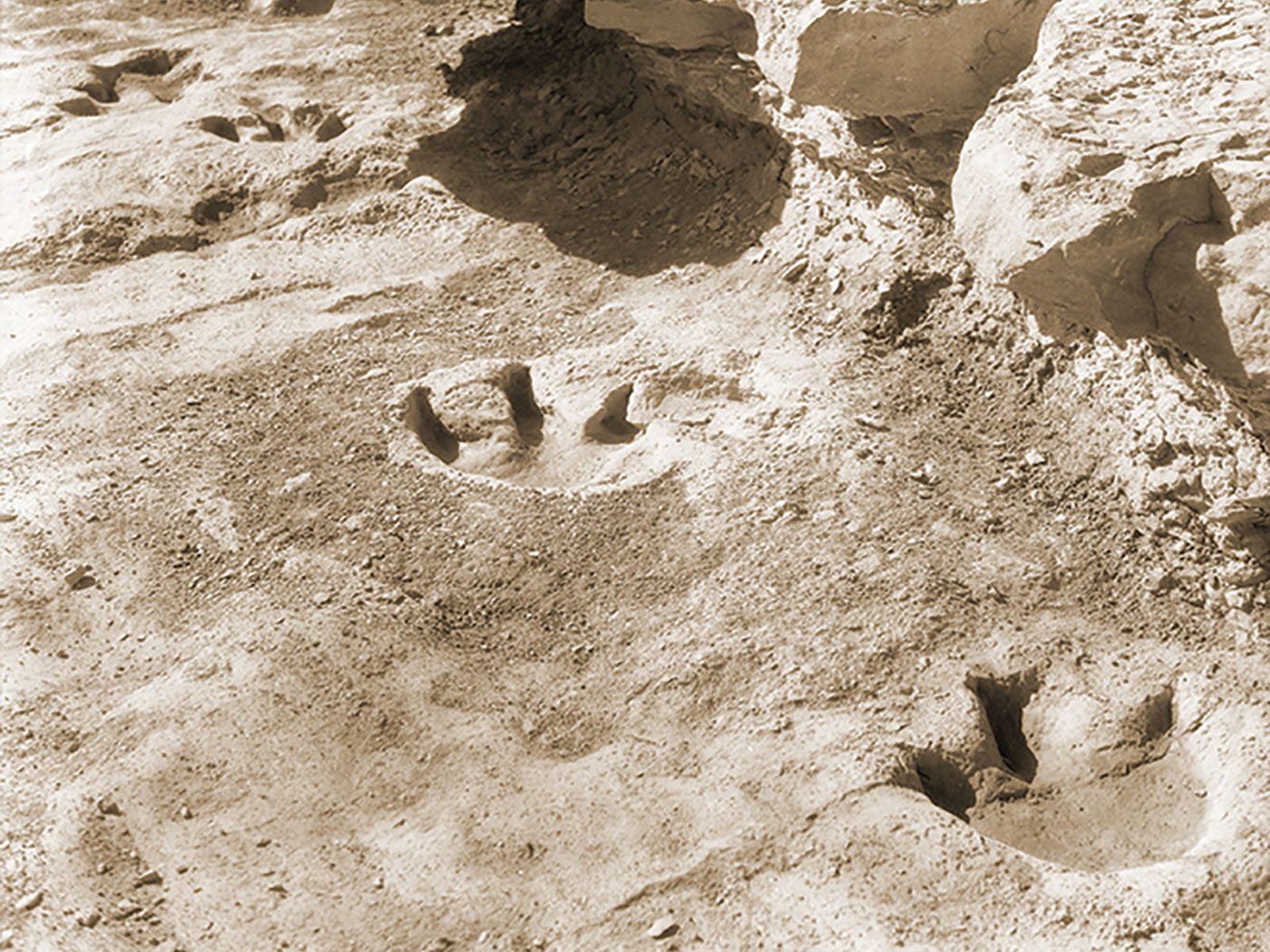Evaluating evidence is a key component in the search for truth, not only in science but in other areas of life. The ability to identify supporting facts and data is vital for proving or disproving a hypothesis, whether it relates to a scientific theory, a legal claim, or some other matter. There are times, however, when the absence of corroborative data counts just as strongly as evidence in its own right.
Rules of Evidence
Over the past centuries, the search for truth in science has been formalized into the process known as the scientific method, whereby theories are developed and tested according to a generally accepted standard. In a similar fashion, the legal profession operates by what is known as the Rules of Evidence.1 Developed over hundreds of years and brought to America via English Common Law, these rules are relied upon to decide disputes over financial transactions, inheritance, land, parental custody of minor children, and criminal matters such as whether a convicted killer should be executed. Circumstantial evidence, analyzed by principles of forensic science, may involve a broken knife at the scene of a burglary, or pistol discharge evidence on the clothes of a suspect.2
For generations now, we Americans have trusted these Evidence Rules with our lives, our liberties, and our properties. Accordingly, in legal controversies, the Rules of Evidence serve as a vital vehicle for seriously searching out and reliably reaching (it is hoped) the truth. Real truth stands up to being tested. And even the absence of evidence can operate as a silent witness, testifying to a circumstance where there is nothing, when there should be something.
But what would happen if we applied the same principles of the Evidence Rules to analyzing other types of disputes, such as the scientific controversies about origins? Before answering that question, let us consider how the evidence of "nothing, when there should be something" was used to sentence a medical doctor to jail time for asserting false claims.
Circumstantial Evidence of "Nothing"
This Medicare fraud case involved years of federal court proceedings, with one of the appeals being decided last year.3 Part of the convicting evidence was nothing--literally nothing, when there should have been something. In the related cases of Okoro and Akpan (see note 3 below), Victor Okoro, M.D., in concert with others, was accused of fraudulent Medicare billing practices, which conflicted with his "medical missionary" trips and a bogus charity called the Sisters of Grace. The appellate court commented on Dr. Okoro's Medicare fraud:
Although some of the patients |in Texas| received physical therapy treatments and some were examined by Okoro, each patient signed blank sign-in sheets and blank patient forms. In addition, Okoro signed most of the forms himself, yet many of the patients testified that he had never examined them....Okoro signed patient documents that stated that he had treated those patients on specific dates and at specific times on which Okoro could not possibly have rendered services. For example, many of the dates on which Okoro alleged that he provided services were dates when he was in Nigeria.4
Of course, the federal prosecutor had no difficulty proving that Okoro was absent from Texas, due to his using airports to exit the United States. Likewise, federal records provided the dates when Dr. Okoro re-entered America, so the official federal government records were relevant (and admissible) for showing the dates of Okoro's travels in and out of the country.
Yet just as important, from a circumstantial evidence standpoint, was the government's proof of "nothing" on other legally important dates. The federal government's trial proof included official government records with absences of entries on the dates in question, showing that Dr. Okoro was not recorded as having re-entered the United States in time for him to have performed the medical services for which he billed Medicare.
This illustrates the power of an argument from silence--the forensic force of such a silent witness can buttress a sentence of felony jail time. So, technically speaking, how can "nothing" become admissible circumstantial evidence at trial? Federal Evidence Rule 803(10) provides one such forensic possibility:
Absence of Public Record or Entry. To prove the absence of a record, report, statement, or data compilation, in any form, or the nonoccurrence or nonexistence of a matter of which a record, report, statement, or data compilation, in any form, was regularly made and preserved by a public office or agency, evidence in the form of a certification in accordance with rule 902, if necessary, or testimony, that diligent search failed to disclose the record, report, statement, or data compilation, or entry. |emphasis added|
Evidence Rule 803(7) is similar, but it applies to admitting as trial evidence the fact that regularly recorded "business records" have a relevant "absence" of an entry, as well as where and when a documentary "nothing" is forensically important.5
Origins and the Evidence of Nothing
So how does the evidence of nothing demonstrated by this particular Medicare fraud scheme relate to the question of origins? The comparison can be illustrated by applying the Evidence Rules that govern "nothing, when there should be something" to the problem of "missing links." This evidentiary insight may be unusual, but it is certainly not new.6
When examining the quixotic quest for missing links, it is like déjà vu--literally nothing, when there should have been something. To use the logic of Rule 803(10), a diligent search for these so-called transitional form fossils over a period of 150 years has failed to disclose them. What kind of empirical evidence is that, regarding the origin of earth's life forms? The years of diligent search indicate a glaring absence of molecules-to-man evolutionary phylogeny in the fossil record. In other words, the empirical data of earth's fossils, if analyzed forensically, show that evolutionary phylogeny notions are just empty imaginings, refuted by the evidence of nothing.
Dr. John Morris has recently summarized what the global fossil record contains, and (more importantly) what it does not contain.
Evolutionists often speak of missing links. They say that the bridge between man and the apes is the "missing link," the hypothetical ape-like ancestor of both. But there are supposed missing links all over the evolutionary tree. For instance, dogs and bears are thought to be evolutionary cousins, related to each other through a missing link. The same could be said for every other stop on the tree. All of the animal types are thought to have arisen by the transformation of some other animal type, and at each branching node is a missing link, and between the node and the modern form are many more. If you still don't know what a missing link is, don't worry. No one knows what a missing link is, because they are missing! We've never seen one.7
This argument from silence is an absence in the evidentiary record--a "nothing, where there should be something" if evolutionary theory were true. But evolutionary theory is not true, so the real world's fossil record has been providing irrefutable evidence, by the absence of missing links, for a long, long time now (see the articles noted below8 for several thorough analyses of the fossil record's evidence).
Conclusion
Some may say that the above analysis is "much ado about nothing." However, there is so much "science falsely so called" involved9 that it is imperative that we use the greatest care and the highest standards in our quest to uncover the true history of our world. And sometimes, "nothing" is itself evidence for the truth.
References
- The Federal Rules of Evidence have been cloned, with only small modifications, by the 50 states. According to Rule 102, the Federal Rules of Evidence are supposed to be applied "to the end that the truth may be ascertained and proceedings justly determined." This article focuses mainly on Evidence Rules 803(7) and 803(10), which respectively govern the admissibility as evidence of an absence of information that could have been (but was not) entered into a regular business record or an official government record.
- See page 41 of The Testimony of the Evangelists: The Gospels Examined by the Rules of Evidence by Simon Greenleaf, originally published in 1874, reprinted in 1995 (Grand Rapids, MI: Kregel).
- Trial in federal district court began in September 2002. One appellate ruling was published as United States v. Akpan, 407 F.3d 360 (5th Cir. 2005), and a later appellate ruling appears at United States v. Okoro, 213 Fed. Appx. 348, 2007 WL 98804 (5th Cir. 2007) (non-precedent).
- Quoting from United States v. Akpan, 407 F.3d at 364-365.
- The same forensic principle can be applied to critiquing historical data. See, e.g., page 146 in Bill Cooper's After the Flood (Chichester, UK: New Wine Press, 1995).
- Greenleaf, The Testimony of the Evangelists, 41.
- Morris, J. 2006. What's a Missing Link? Acts & Facts. 35 (4).
- Gish, D. 1983. Creating the Missing Link: A Tale about a Whale. Acts & Facts. 12 (9); Morris, H. 2001. Evolution Is Religion--Not Science. Acts & Facts. 30 (2); Sherwin, F. 2007. Follow the Evidence! Acts & Facts. 36 (4); Gish, D. 1984. Evolution: The Changing Scene. Acts & Facts. 13 (10); Parker, G. 1980. Creation, Selection, and Variation. Acts & Facts. 9 (10); Morris, H. 1979. Revolutionary Evolutionism. Acts & Facts. 8 (11); Parker, G. 1981. Origin of Mankind. Acts & Facts. 10 (11); Gish, D. 1981. Summary of Scientific Evidence for Creation, Part I & II. Acts & Facts. 10 (5). See also Duane Gish's book Evolution: The Fossils Still Say No!, available at www.icr.org/store.
- 1 Timothy 6:20 (KJV).
* Dr. Johnson is Special Counsel at ICR.
Cite this article: Johnson, J. 2008. The Evidence of Nothing. Acts & Facts. 37 (4): 4.























